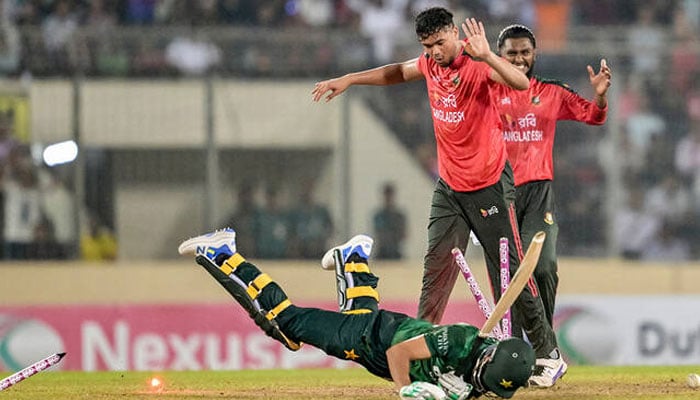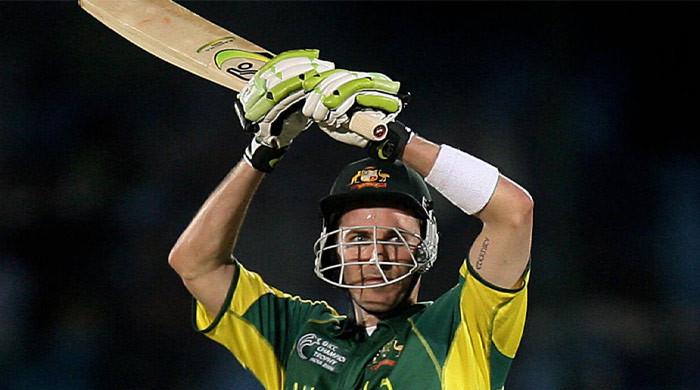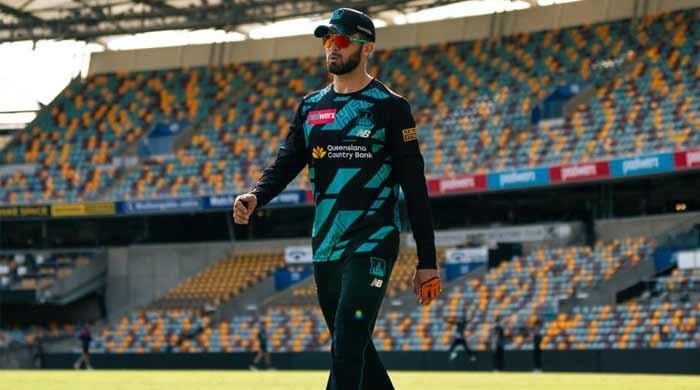BCB chief slams 'unsatisfactory' Mirpur pitch after T20I series win against Pakistan
Nazmul Abedin admits Sher-e-Bangla stadium pitch fails to meet expectations
August 02, 2025

Bangladesh Cricket Board (BCB) Chairman Nazmul Abedin has expressed dissatisfaction with the pitch at Dhaka’s Sher-e-Bangla National Cricket Stadium, which was recently used for the T20I series against Pakistan.
Bangladesh recently made history by winning the T20I series 2-1 against Pakistan first time ever.
His remarks came days after Pakistan’s white-ball Head Coach Mike Hesson and T20I skipper Salman Agha slammed the Mirpur pitch.
Calling the Mirpur pitch “unsatisfactory”, BCB chairman admitted that it has repeatedly failed to meet expectations.
Speaking to the media at Dhaka, Nazmul clarified that the board never instructed the grounds committee to prepare a low and slow wicket at the Mirpur venue, a surface widely criticised for favoring bowlers and restricting stroke play.
“I think there was an attempt to make it sporting, but they couldn’t do it,” Nazmul said.
“That responsibility lies with those in charge of preparing the pitch. From the board’s side, I don’t think it was ever instructed that the wicket has to be low and slow.”
Despite multiple attempts to improve the surface, Nazmul admitted that progress has been minimal.
“Overall, the Mirpur wicket is not satisfactory, we all accept that. We’ll have to work on this going forward.
"Perhaps the entire soil base will have to be removed, or the preparation process will need to change. I hope we’ll see a better wicket in Mirpur soon,” he added.
BCB President Aminul Islam recently raised another concern, stating that the black soil used in the pitch makes it difficult for batters to spot the ball. Nazmul echoed this observation.
“If there had been grass on the wicket, the ball’s color might not have been damaged as much. Without natural grass, the ball comes into contact with the soil and takes on a darker shade, affecting visibility.
"Our board president made a correct observation in this regard,” Nazmul explained.









